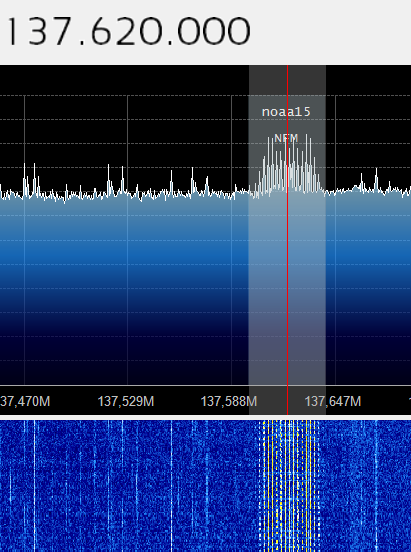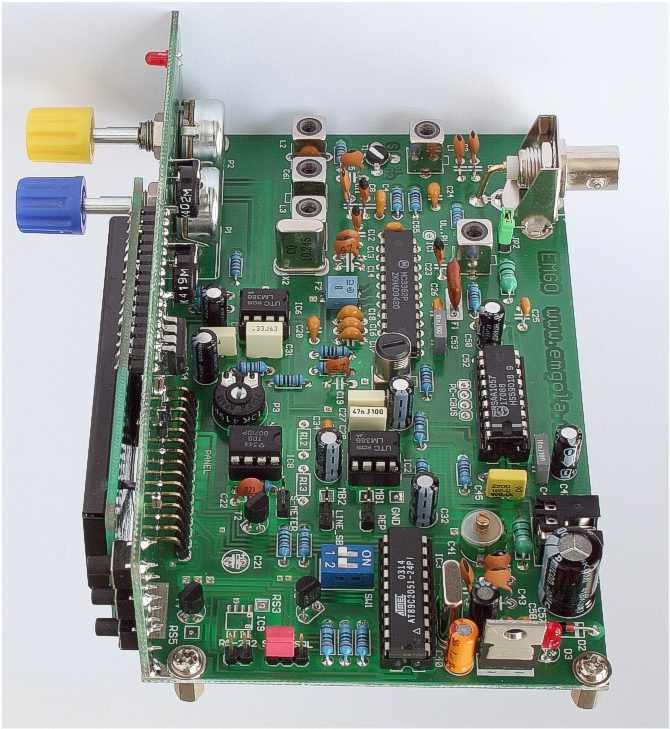

- #WXTOIMG ALTERNATIVE INSTALL#
- #WXTOIMG ALTERNATIVE UPGRADE#
- #WXTOIMG ALTERNATIVE SOFTWARE#
- #WXTOIMG ALTERNATIVE PLUS#
- #WXTOIMG ALTERNATIVE DOWNLOAD#
I didn't need to do the sample rate calibration the instructions talk about on my PC. You'll need to set the ground station coordinates, recording and auto processing settings. The keys currently up there don't seem to work though, but the keys that were on the website back in early 2016 do.
#WXTOIMG ALTERNATIVE UPGRADE#
It seems to be discontinued now so the author has published the upgrade keys.
#WXTOIMG ALTERNATIVE SOFTWARE#
The software for decoding the APT transmissions from the satellite is wxtoimg. Just copy the DLL into the SDR# directory and then continue with the getting started guide. I ended up getting it from in the rtl-sdr-release\x32 directory.
#WXTOIMG ALTERNATIVE DOWNLOAD#
IIRC the mentioned batch file (install-rtlsdr.bat) doesn't download the required SDR# plugin (rtlsdr.dll).
#WXTOIMG ALTERNATIVE INSTALL#
Windows 10 will find and install the TV tuner driver itself so you'll have to replace the existing driver.
#WXTOIMG ALTERNATIVE PLUS#
In order to make this DVB-T TV Tuner act as a software defined radio rather than just a TV tuner on Windows you need a 3rd-party driver plus some SDR software (I'm using SDR#). Neither is available anymore but I guess the current equivalents are and which probably work as well as or better than what I'm using right now.

Which is hooked up to one of these radios I got at the same time: That is connected to a pigtail I got as part of this from amazon in 2015: The antenna feed line is terminated with an F connector (didn't have any BNC connectors lying around and didn't really want to butcher an antique 10base2 network cable). But probably putting it up higher would do more - currently its surrounded by trees and a house on all sides which will block its view a fairly large chunk of the sky (causing the noise at the top and bottom of those images). Perhaps a balun would improve reception of satellites that don't pass so closely. For overhead passes the antenna seems to work fairly well as-is. My antenna doesn't have a balun and I've not decided if I'm going to add one yet. These are jammed into terminal blocks and attached to the coax feed line using the instructions on this site: So I've just twisted the center and braid together on both ends of the two coax cables making up the antennas elements. First template had 15mm holes in the middle, second template had 15mm holes in the top and bottom.įor wiring it all up, the antennas elements don't need to be coax or to even have multiple conductors - if I had some thick copper wire lying around I would have just used that instead. First one was with the default values and second one I set my conductor diameter to 15mm (the diameter of my horizontal support pipes). I don't know how the instructables guy overcame this but I ended up just printing off the cutting template twice. The cutting templates generated by that website have small holes at the top and bottom with only large holes for the support pipes in the middle. So I'm using support pipes at the top and bottom as well (which the coax runs through, seems to be a fairly common approach). The template it generates is intended for using copper pipe or some other fairly solid wire as the antennas elements where as I'm using fairly flexible coax. I just used the default settings at the top of the page with the pipe diameters set further down for the cutting template. The cutting template was generated by this website: Friction is holding it together fairly well for now so later I might just add some hot glue so things cant easily be bumped out of alignment. I've also not used PVC glue either - mainly so I could adjust it while testing. Main construction difference from those steps (aside from different size pipes) is the outer and inner elements are aligned at the top (as in the cutting template) rather than the middle (like in those instructions). The antenna wasn't constructed very accurately (a drill press and a miter saw would have helped) but it doesn't seem to matter too much if you're off by a few mm.įor building the antenna, I partially considered these instructions: It probably took me a bit over a day all up. The hard part was building the antenna with the bulk of my time spent messing with the drill templates and measuring/drilling/cutting the PVC pipes. It looks like a lot but really it was quite easy. Ok, here follows some quick notes about doing this.


 0 kommentar(er)
0 kommentar(er)
